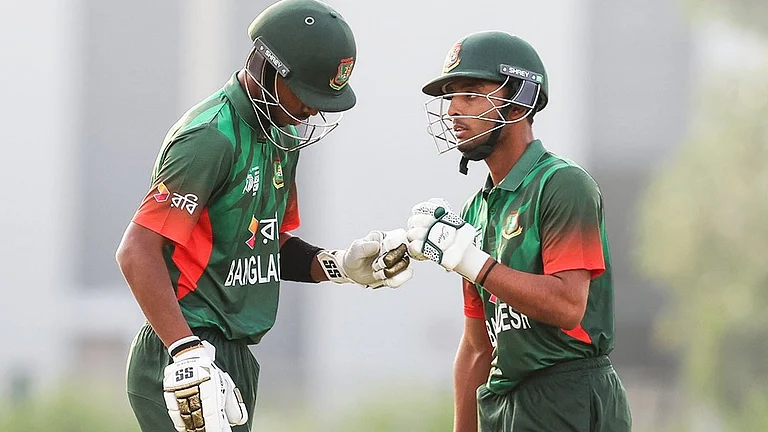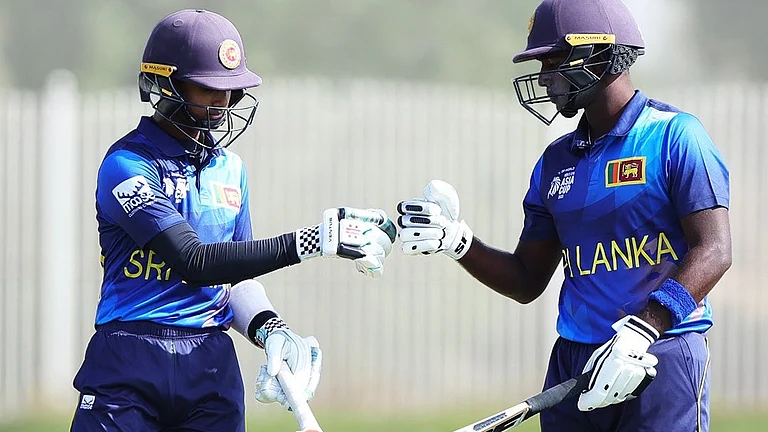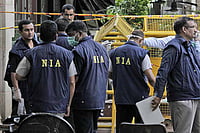As the game has matured, it has developed its own cadence that is as unique as the format. Some of the rhythm of the short game has found its way into the longer version with beneficial effect. Batsmen are more inclined to attack in Test cricket now than in bygone eras and teams are more adept at chasing targets because they understand the concept of runs per over more than their predecessors ever did. Minimum overs per day has helped in this regard as well.
The excitement, and positive aspects, such as more expansive batting has been offset to some degree by the negative aspects such as defensive bowling and negative field placings as often seen in Test cricket. The flat wickets that have become the norm in all parts of the world for the 50-over game has crept into Test match wicket preparations too, contributing in some degree to the negative game.
Seemingly, one of the casualties of quick cricket is that the art of swing bowling has become all but extinct. Kapil Dev and Terry Alderman would get swags of wickets today if they could dust off their flannels and find a new lease of bowling life. The requirement of banging the ball into the pitch with defensive fields has found its way into the Test arena at the expense of pitching it up and encouraging the ball to swing. When the ball does swing, many of the modern batsman are as confused as if they had been handed instructions in Japanese.

Like a favourite old sweater, the 50-over game has become a little frayed around the edges. Or, like one worn by the more portly of us, around the midriff. The middle overs is one of the weak spots in an otherwise successful format. After the flurry of the first 15 overs, the captain and the batsmen settle in to a predictable and boring format of knocking the ball into the vast gaps and scampering for ones and twos. Michael Bevan, for one, fashioned a very successful one-day career out of exploiting the predictability of the situation by eschewing almost all risk to the detriment of entertainment. Winning is, after all, king.
I have said before that I think the contest should be made more even by making more of a contest by preparing wickets to give the bowlers some slight encouragement. Not that long ago, we used a new white ball from each end. This had the effect of giving the bowlers some assistance early on and made the batters’ work a little more demanding. It also meant the balls were still hard and white in the latter overs which was a benefit to the bounce and to the spectacle. Some of the best games I played in, and have watched, were reasonably low-scoring games where a good spell of bowling or a good innings has made the difference. Do we think the spectators are that dull that they need to have 300 runs scored every time for it to be considered a spectacle?
The fielding restrictions were brought in originally to prevent the captains from going on to the defensive too early, or to put all the fielders on the boundary in the latter overs of the game. I suggested a circle at each end in which a certain number of fieldsmen had to be placed for a certain number of overs. Mike Brearley was the one who made the sensible suggestion to make it one circle, or oblong.
Some suggestions have been made of late to make some variations to the rules of the 50 over game. One that was considered for the recent Asia Cup was to restrict the mode of dismissal to run out and stumped for the delivery following a no-ball. One of the criticisms of this rule was that it again worked against the bowlers—who have almost been neutered as it is. I am not so sure that it would make it much worse for the bowlers.And, anyhow, they should be able to bowl from behind the line.
Another change that is mooted for domestic one-day games in South Africa next season is that the batting side will be allowed to choose fielding-restriction overs in three chunks of five overs in each 50 overs it faces. If this experiment is successful (however that is judged) it may be considered for international matches.
I am all for experiments being made in the 50-over game for it needs a face-lift, or at least a dash of botox, to give it some freshness.
My thinking on the subject for some time is that the restrictions need revisiting. I would look at changing the restrictions by adding field restrictions for each new batsman. Leave the first 15 overs as it is but as each new batsman comes to the crease some catching fieldsmen need to come in and at least six fielders inside the circle for, say, 30 balls. This would force the fielding captain to be more resourceful and tactical and it might encourage the batting side to take more risks in the middle overs. At the moment, the word tactic in relation to the middle section of 50-over cricket is an oxymoron.


























